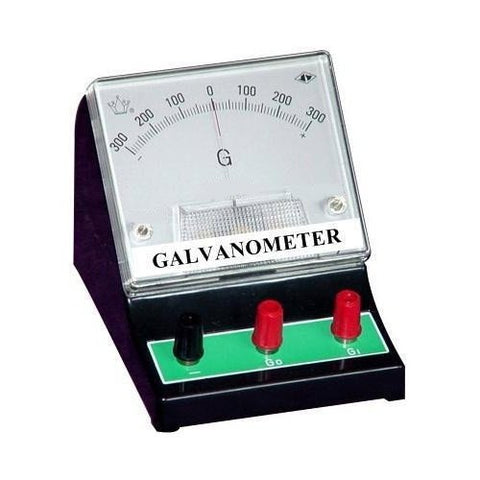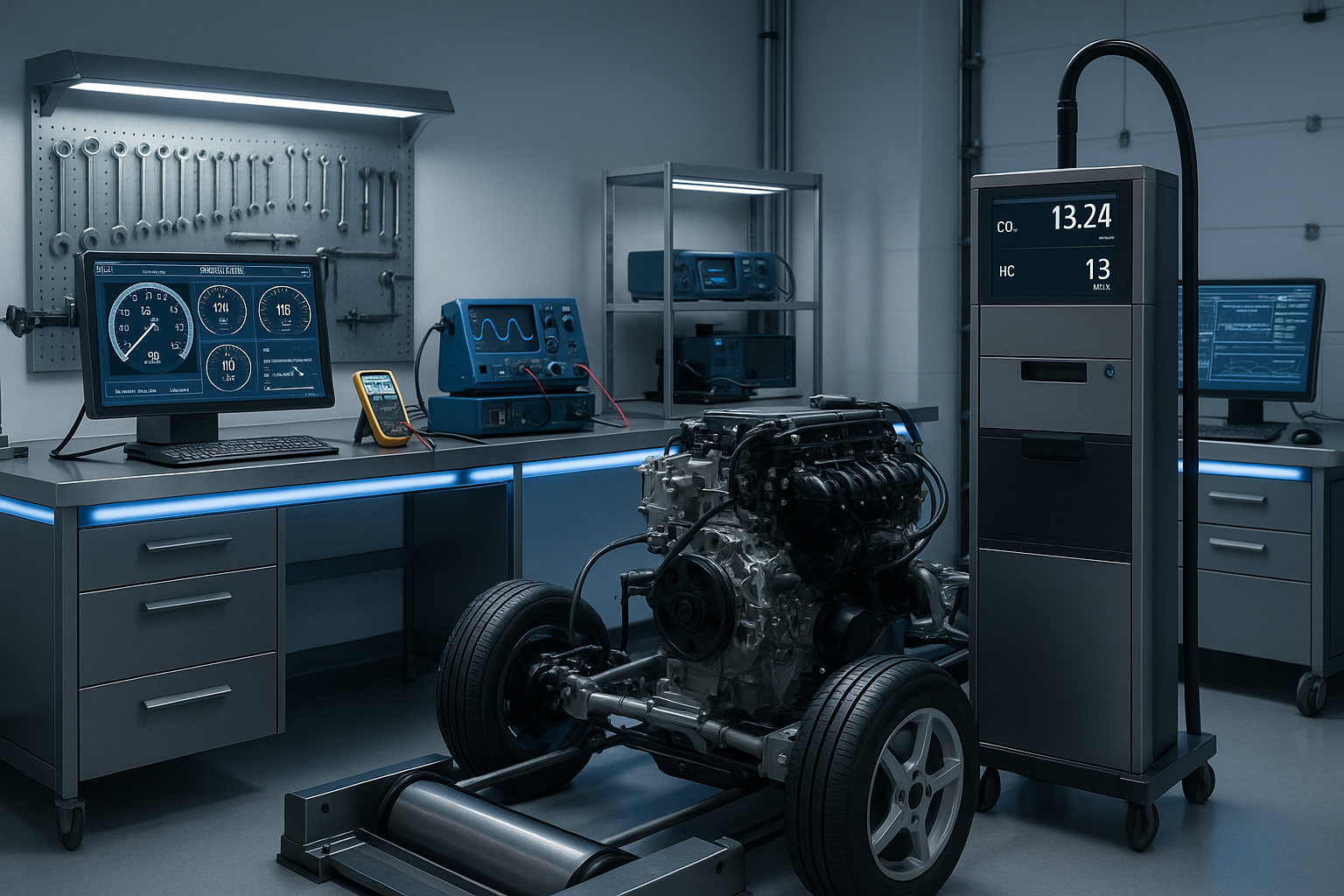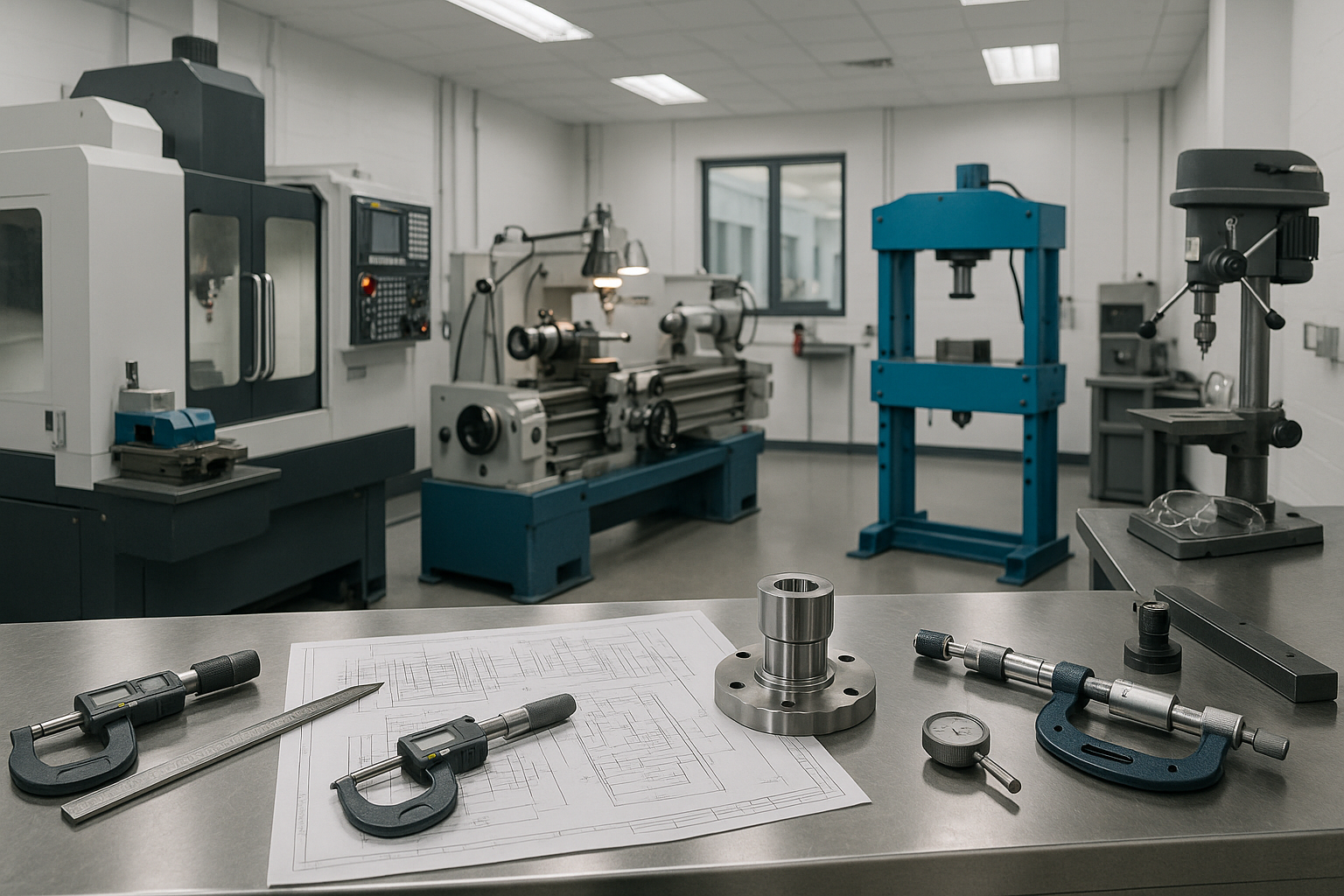Physics Lab Equipment 2025: The Future of Scientific Exploration
As we look forward to the advancements and innovations of physics lab equipment 2025, it is crucial to understand the essential tools that will shape scientific research and education in the coming years. The field of physics is rapidly evolving, and with it, the laboratory equipment that supports experimentation, demonstration, and exploration needs to keep pace with these changes. In 2025, we anticipate a plethora of exciting technological developments that aim to enhance the precision, efficiency, and accessibility of physics lab equipment.
physics lab equipment 2025
Magnetism
Magnetic Field (B): A magnetic field is a region around a magnet or a moving charged particle where magnetic forces can be detected. It is a vector field, meaning it has both magnitude and direction. The direction of the magnetic field is conventionally defined as the direction a north magnetic pole would move in the field.
Magnetic Force: Charged particles in motion, such as electrons in a current, experience a force in the presence of a magnetic field. The magnetic force () acting on a charged particle is given by the equation , where is the charge of the particle, is its velocity, and is the magnetic field.
Magnetic Poles: Magnets have two distinct poles, known as the north pole and the south pole. Like poles repel each other, and opposite poles attract each other.
Magnetic Materials: Materials can be classified based on their magnetic properties:
Ferromagnetic materials: These materials, like iron and cobalt, can be magnetized and retain their magnetic properties.
Paramagnetic materials: These materials are weakly attracted to a magnetic field but do not retain magnetism when the field is removed.
Diamagnetic materials: These materials are weakly repelled by a magnetic field.
Magnetic Induction: The process of inducing magnetism in a previously non-magnetic material when it is placed in a magnetic field is known as magnetic induction.
Magnetic Field Lines: Magnetic field lines are used to visualize the direction and strength of a magnetic field. The lines emerge from the north pole and enter the south pole, and the density of the lines indicates the strength of the field.
Magnetic Flux: Magnetic flux () is a measure of the total magnetic field passing through a surface. It is given by the product of the magnetic field () and the perpendicular area () through which the magnetic field lines pass: , where is the angle between the magnetic field and the surface normal.
Magnetic Field Strength: The strength of a magnetic field is often measured in units of teslas (T).
Electromagnetism: The relationship between electricity and magnetism is described by electromagnetism. When an electric current flows through a conductor, it creates a magnetic field, and this principle is employed in devices such as electromagnets and electric motors.
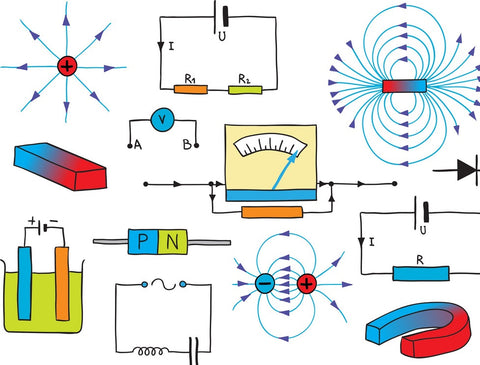
Optical Benches
Light Source: Optical benches often include a light source, such as a laser or a white light source, to produce a beam of light for experiments.
Lens Holders and Optical Elements: Lens holders and mounts are used to secure various optical elements, including lenses and mirrors, at specific positions along the bench. These elements are crucial for studying the behavior of light.
Mirror Holders: These devices allow the mounting of mirrors at different angles. Mirrors are used to demonstrate reflection and can be adjusted to change the path of the light beam.
Prisms: Prisms are optical elements that can be used to investigate the dispersion of light and the phenomenon of refraction.
Slits and Screens: Slits can be used to create narrow beams of light, and screens are positioned to observe the patterns produced by the transmitted or reflected light.
Diffraction Gratings: These are optical elements with a periodic structure that can be used to disperse light into its component colors. They are commonly used to study the phenomenon of diffraction.
Lens Formula: The lens formula, which relates the object distance (), image distance (), and focal length () of a lens, is often explored using optical benches. The formula is given by .
Optical Breadboard: Some advanced optical benches use optical breadboards, which are solid, flat surfaces with regularly spaced holes for easy mounting of optical components.
Alignment: Precise alignment of optical components is crucial for accurate experimental results. Optical benches often have adjustable mounts and alignment aids to ensure proper setup.
Optical benches are widely used in physics education and research to conduct experiments that help students and scientists understand the fundamental principles of optics. These experiments play a key role in exploring the behavior of light and the characteristics of optical systems.
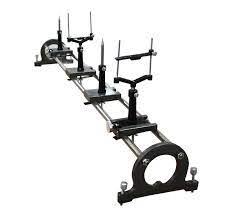
Ammeter
Function: The primary function of an ammeter is to measure the flow of electric charge, which is the electric current, in a circuit. It is connected in series with the circuit, meaning that the current passes through the ammeter.
Connection: To use an ammeter, it is connected in series with the circuit under examination. This involves breaking the circuit and connecting the ammeter so that the current flows through it.
Low Resistance: Ammeters typically have very low internal resistance to avoid affecting the circuit being measured. This low resistance ensures that the ammeter does not significantly alter the current in the circuit.
Meter Movement: In analog or needle-type ammeters, a coil is placed in a magnetic field, and the current passing through the coil creates a torque that causes the needle to deflect. The amount of deflection is proportional to the current flowing through the circuit.
Digital Ammeters: Modern ammeters are often digital, providing a numerical readout of the current. Digital ammeters use electronic components to measure and display the current accurately.
Range Selection: Ammeters may have multiple ranges to accommodate different levels of current. It's essential to select the appropriate range on the ammeter to ensure accurate readings.
Safety: It is crucial to use an ammeter with an appropriate current rating for the circuit under test. Using an ammeter with a lower current rating than the circuit can lead to damage or inaccurate readings.
Symbol: In circuit diagrams, the symbol for an ammeter is a circle with the letter "A" inside, representing the unit of measurement, ampere.
Applications: Ammeters are widely used in various applications, including electronics, electrical engineering, physics laboratories, and in the maintenance and troubleshooting of electrical circuits.
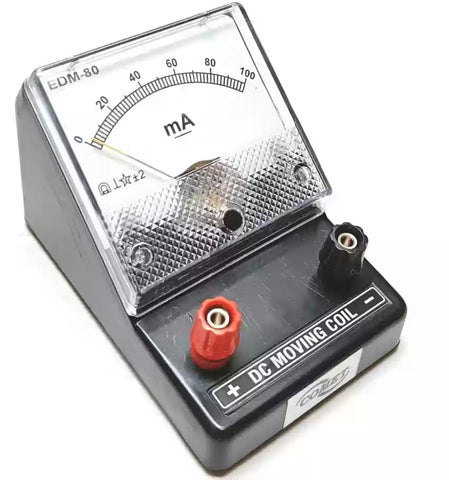
Linear Expansion Apparatus
Material Specimen: The apparatus includes a specimen of the material under investigation. Common materials used for this purpose are metal rods, usually made of brass, aluminum, or steel. These materials exhibit noticeable linear expansion when heated.
Scale or Ruler: A scale or ruler is often attached parallel to the specimen to measure the change in length accurately. This allows for precise observations of the expansion as the temperature changes.
Heating Element: To induce temperature changes, a heating element is incorporated into the apparatus. This can be an electric heater, a Bunsen burner, or another heat source, depending on the design of the apparatus.
Temperature Control: Some linear expansion apparatuses come with a temperature control system to regulate and maintain a consistent temperature throughout the experiment. This ensures accurate measurements and observations.
Support Structure: The specimen is securely mounted within a support structure that allows for expansion while minimizing any external influences on the measurements.
Clamps or Holders: Clamps or holders are used to fix the specimen in place and prevent any unintended movement during the experiment.
Thermometer or Temperature Sensor: To monitor and record the temperature changes, a thermometer or temperature sensor may be included in the apparatus. This provides a correlation between temperature variations and the observed linear expansion.
Recording Mechanism: Some advanced linear expansion apparatuses may include a recording mechanism to automatically document the measurements over time, aiding in the analysis of the expansion behavior.
Linear expansion is governed by the coefficient of linear expansion (), which represents the fractional change in length per degree Celsius. The relationship between the change in length (), the original length (), the coefficient of linear expansion (), and the change in temperature () is given by the formula:
ΔL=α⋅L0⋅ΔT
Linear expansion apparatuses are commonly used in physics laboratories to illustrate the principles of thermal expansion and to determine the coefficient of linear expansion for different materials.

Meter scale
A meter scale, also known as a meter stick or meter rule, is a measuring instrument commonly used to measure lengths in the metric system. It is a straight, flat, and rigid strip typically marked with centimeter and millimeter divisions. Here are some key features and uses of a meter scale:
Length and Graduations: A standard meter scale is one meter in length and is divided into centimeters and millimeters. Each centimeter is usually further divided into 10 millimeters. The smallest divisions on the scale allow for precise measurements.
Material: Meter scales are often made of materials that are both durable and dimensionally stable, such as wood, metal, or plastic. The material choice depends on the intended use and the desired level of precision.
Markings: The markings on the meter scale are typically engraved or printed directly onto the surface. The numbers represent centimeters, and the smaller markings between the centimeters represent millimeters. Some scales may also include additional markings, such as half-centimeters.
Accuracy: The accuracy of a meter scale depends on the quality of its markings and the precision with which they are applied. High-quality meter scales provide accurate and reliable measurements.
Usage: Meter scales are versatile tools used in various fields, including physics, engineering, construction, and everyday measurements. They are commonly used in laboratories, workshops, classrooms, and households.
Handle or Grip: Some meter scales have a handle or grip at one end to facilitate easy handling and to serve as a reference point for measurements.
Metric System: Meter scales are designed to be used with the metric system, where lengths are measured in meters, centimeters, and millimeters. This system is widely used worldwide for its simplicity and consistency.
Conversion: Meter scales are convenient for measuring lengths directly in the metric system. However, if measurements need to be converted to other units, such as inches or feet, conversion factors can be applied.
Straight Edge: In addition to measuring lengths, meter scales often serve as straight edges, providing a reference line for drawing or aligning objects.

Prism
In optics, a prism is a transparent optical element with flat, polished surfaces that refract, or bend, light. Prisms are commonly used to disperse light into its constituent colors (spectral colors) or to deviate the path of light by a specific angle. Here are some key points about prisms:
Shape and Construction: Prisms are typically geometric solids with two triangular bases and rectangular or parallelogram sides. The most common type is the triangular prism, which has three rectangular faces and two triangular bases.
Refraction: When light passes through a prism, it undergoes refraction at each surface. The extent of refraction depends on the angle of incidence and the refractive index of the prism material.
Dispersion: One of the primary uses of prisms is in dispersing white light into its component colors, a phenomenon known as dispersion. This is due to the fact that different colors of light have different wavelengths and, therefore, different indices of refraction in a material.
Spectral Decomposition: The separation of colors achieved by a prism is called spectral decomposition. This effect is famously demonstrated by a triangular prism in experiments like Isaac Newton's dispersion of sunlight into a rainbow.
Deviation Angle: The deviation angle is the angle by which light is bent or deviated when passing through a prism. It depends on the geometry of the prism and the wavelength of the light.
Types of Prisms:
Equilateral Prism: A prism with equilateral triangular bases.
Right-Angled Prism: A prism with one right-angled triangular base.
Isosceles Prism: A prism with isosceles triangular bases.
Applications:
Spectroscopy: Prisms are used in spectroscopes to analyze the spectra of light emitted or absorbed by substances.
Rainbow Formation: Prisms create rainbows when sunlight passes through water droplets in the atmosphere.
Optical Instruments: Prisms are used in binoculars, cameras, and other optical instruments to direct and control the path of light.
Total Internal Reflection: Under certain conditions, prisms can exhibit total internal reflection, where light is completely reflected within the prism instead of being transmitted. This phenomenon is used in devices like corner-cube reflectors.
Material: Prisms can be made from various materials, including glass, plastic, and optical crystals, each with its own refractive index and dispersion characteristics.
Prisms are essential components in optics and have played a crucial role in the study of light and color. They are widely used in scientific research, educational demonstrations, and various optical applications for manipulating and analyzing light.

Analytical Balance
High Precision: Analytical balances are designed to provide accurate measurements to the sub-milligram level, often with a readability of 0.1 mg or better.
Enclosed Chamber: The weighing pan is typically enclosed in a draft shield to protect the sample from air currents, which could affect the accuracy of the measurement.
Calibration: Regular calibration is crucial to ensure the accuracy of measurements. This involves adjusting the balance using standard weights to account for any deviations.
Anti-static Measures: Analytical balances often have anti-static features to minimize the impact of static electricity on the weighing process, which could lead to inaccurate readings.
Digital Display: The weight is displayed digitally, allowing for easy and precise readings. Some models may have additional features like touchscreen interfaces and built-in calibration functions.
Leveling Feet: To maintain accuracy, analytical balances often have leveling feet to ensure that the balance is on a stable and level surface.
Sensitivity to Environmental Conditions: Analytical balances are sensitive to changes in temperature, humidity, and air currents. Therefore, they are usually operated in controlled environments.
Usage Precautions: Users are often instructed to handle samples with care, avoiding any unnecessary air currents or vibrations that could impact the weighing process.
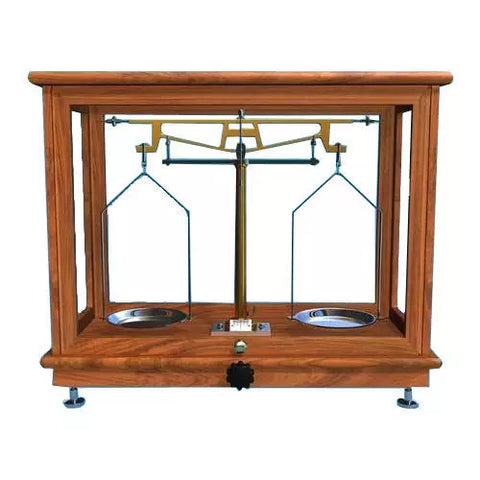
Battery chargers
Voltage and Current:
Voltage (V) is the electrical potential difference that drives the flow of electric charge.
Current (I) is the flow of electric charge. It's measured in Amperes (A).
Ohm's Law:
Ohm's Law (V = I * R) describes the relationship between voltage, current, and resistance in a circuit.
Battery Characteristics:
Batteries have a voltage rating (e.g., 1.5V for alkaline AA batteries).
Rechargeable batteries (NiMH, Li-ion) have specific charging requirements.
Charging Process:
Chargers provide a higher voltage than the battery to push current into the battery, reversing the discharge process.
Constant current (CC) phase: Initially, a charger delivers a constant current to the battery until it reaches a certain voltage.
Constant voltage (CV) phase: The charger maintains a constant voltage while the current decreases as the battery charges.
Charging Efficiency:
Efficiency is affected by factors like the charger's design, the battery chemistry, and temperature.
Some chargers use pulse charging or multi-stage charging to optimize efficiency and battery life.
Smart Chargers:
Modern chargers often incorporate microprocessors to monitor and control the charging process.
They may include safety features to prevent overcharging, overheating, or other issues.
Inductive Charging:
Some chargers use electromagnetic induction to transfer energy wirelessly, commonly seen in wireless charging pads for devices.
Heat Dissipation:
Charging generates heat. Efficient chargers incorporate heat dissipation mechanisms to prevent damage to the battery and the charging electronics.
C-rating:
Commonly used for rechargeable batteries, C-rating indicates the charge and discharge capability of a battery concerning its capacity.
Safety Considerations:
Overcharging can lead to battery degradation, reduced lifespan, or safety hazards.
Chargers may have built-in safety features like overcharge protection, short-circuit protection, and temperature monitoring.
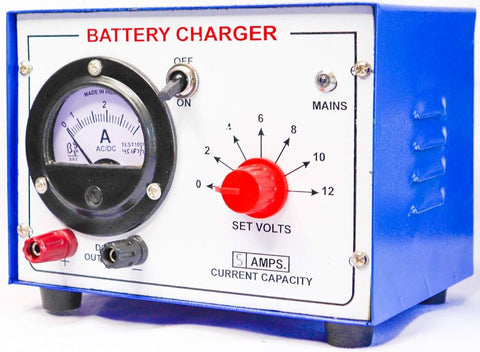
Galvanometer
Helical spring
Physics lab equipment serves as the backbone of scientific inquiry, allowing researchers and students to conduct experiments that illuminate the principles governing the physical world. From basic tools like rulers and calculators to complex machinery such as particle accelerators and laser systems, the diversity of equipment is vast. As we enter 2025, we are on the verge of witnessing significant innovations designed to improve both the functionality and functionality of this equipment.
One of the most prominent trends expected in physics lab equipment 2025 is the integration of artificial intelligence (AI) and machine learning into experimental setups. These technologies will enhance data analysis, helping scientists make sense of large datasets more effectively. AI-driven equipment can adjust and optimize experimental parameters in real time, allowing for more dynamic and responsive research environments. Whether it’s analyzing particle collisions or optimizing laser configurations, AI applications will become commonplace in laboratories.
Moreover, the advent of smart lab technologies is set to revolutionize how experiments are conducted. Smart sensors, IoT (Internet of Things) devices, and connected lab equipment will facilitate remote monitoring and control of experiments. This connectivity means that researchers can conduct experiments from anywhere in the world, sharing real-time data with colleagues and improving collaboration across long distances. It transforms traditional lab work into a more interconnected and efficient process.
Another significant development anticipated in 2025 is the rise of sustainable and eco-friendly lab equipment. As global awareness of environmental issues grows, physicists and manufacturers alike are prioritizing sustainability. This shift includes using renewable materials and energy-efficient designs in producing lab equipment. Innovations such as solar-powered devices and recyclable materials for apparatus construction will not only reduce waste but also set a precedent for greener scientific practices.
Safety remains a top priority in any laboratory setting. In physics lab equipment 2025, we expect the introduction of advanced safety features integrated into laboratory instruments. This may include automated shut-off mechanisms, real-time monitoring systems for hazardous materials, and built-in diagnostics for equipment malfunction. Emphasizing user safety will ensure that lab environments become safer for students and researchers alike.
Additionally, enhanced visualization technologies such as augmented reality (AR) and virtual reality (VR) are making their way into physics labs. These technologies will allow students and researchers to visualize complex physical concepts and phenomena, deepening their understanding. With AR and VR, simulations can replace expensive and sometimes dangerous experiments, making education more accessible and engaging.
Moreover, 3D printing is revolutionizing the way physics lab equipment is produced. In 2025, we might see customized lab apparatus designed and printed on-demand, tailored to specific research needs. This capability allows for rapid prototyping, reducing lead times for experiments and enabling researchers to focus more on innovative ideas without being limited by available equipment. 3D printing technology will democratize access to specialized tools that may have previously been cost-prohibitive.
Finally, education technology in physics will evolve with advancements in e-learning tools and resources. In teaching labs, integrated platforms will provide interactive simulations and online experiments, enabling students to engage with physics concepts outside traditional laboratory settings. This innovation breaks down barriers to access, allowing learners in remote areas to explore physics hands-on through virtual labs.
To summarize, physics lab equipment 2025 will be characterized by cutting-edge technologies and innovative solutions that address current challenges in scientific research and education. The integration of AI and smart technologies, embracing sustainability, prioritizing safety, utilizing advanced visualization tools, and adopting 3D printing will all contribute to a new era of physics experimentation and learning. As we embrace these innovations, the physics community is poised to make tremendous strides in understanding the universe, fostering new generations of scientists inspired to explore the fundamental laws of nature.


